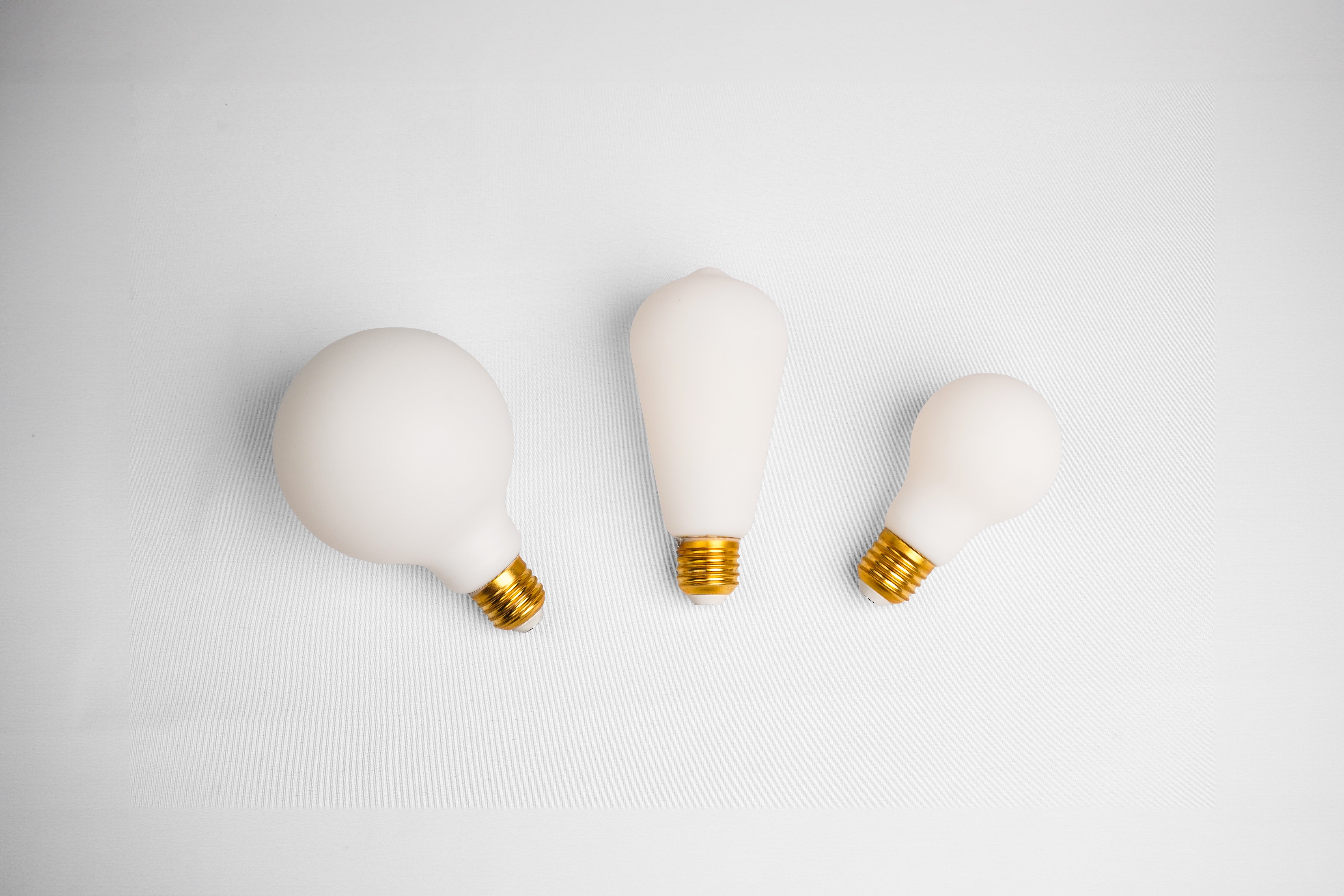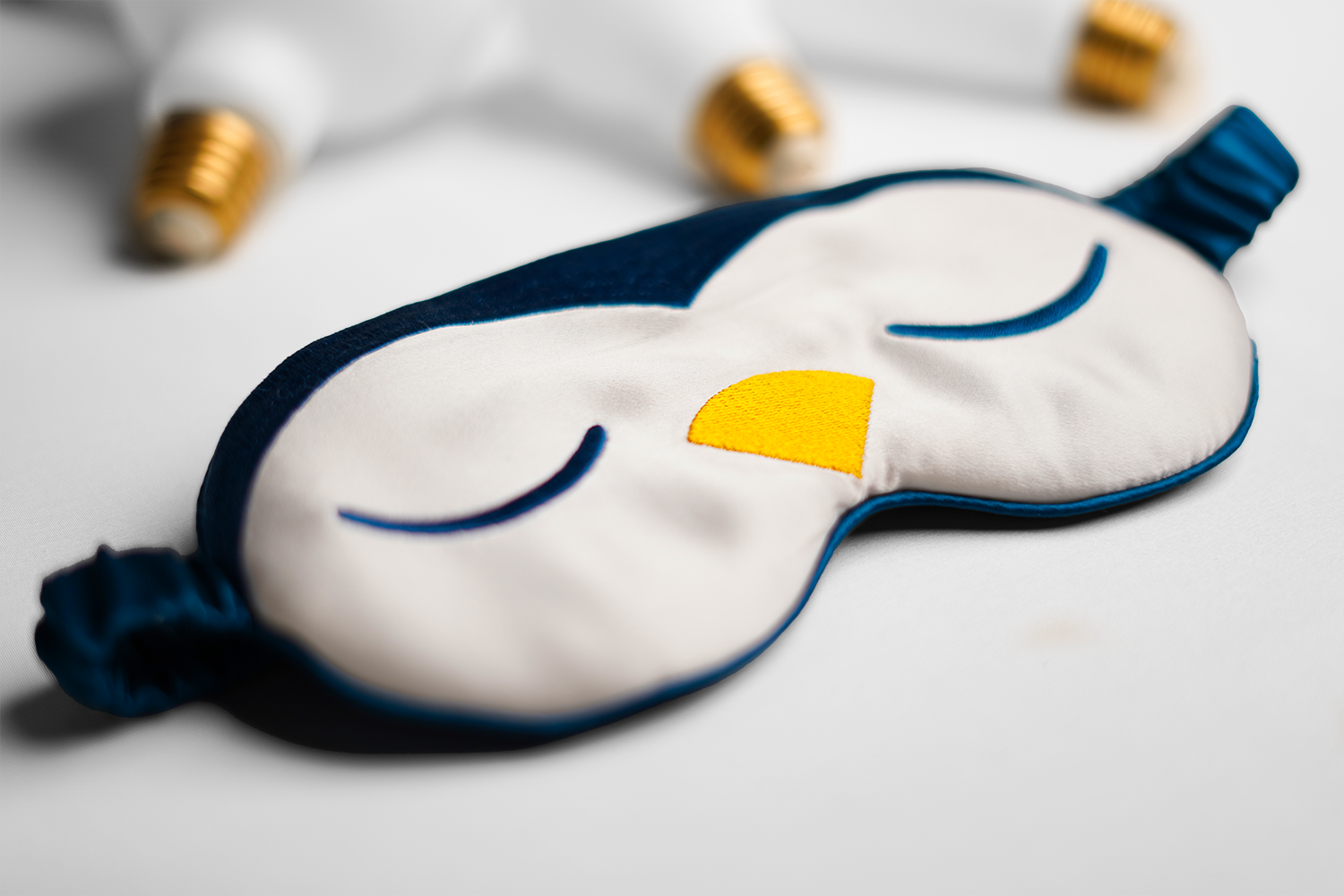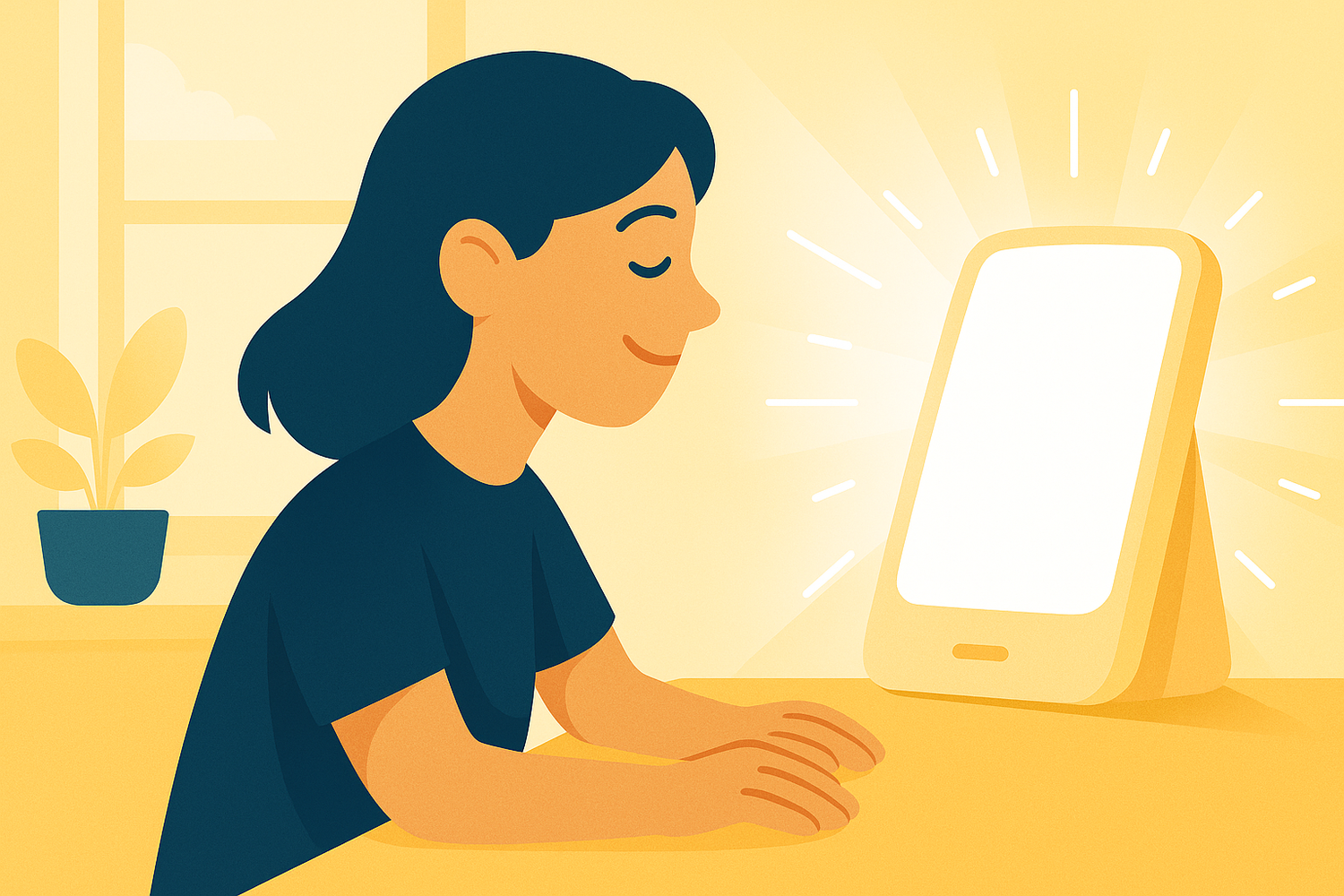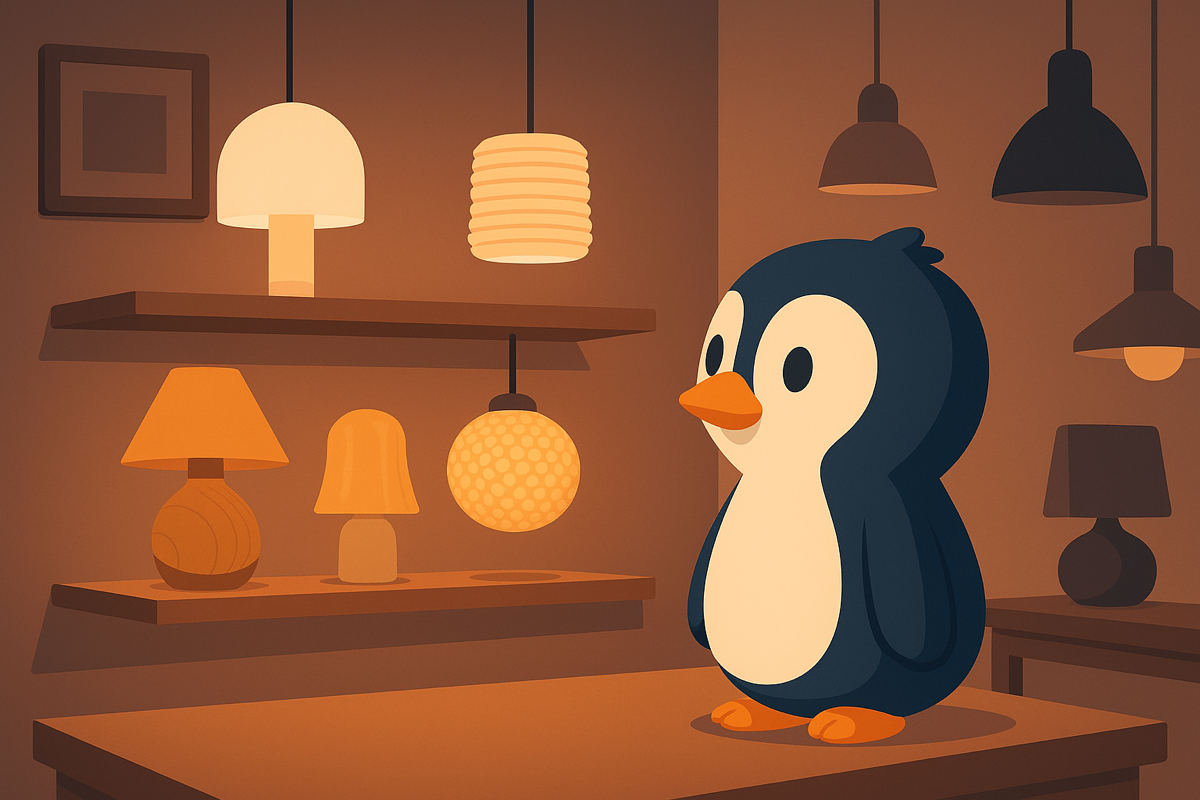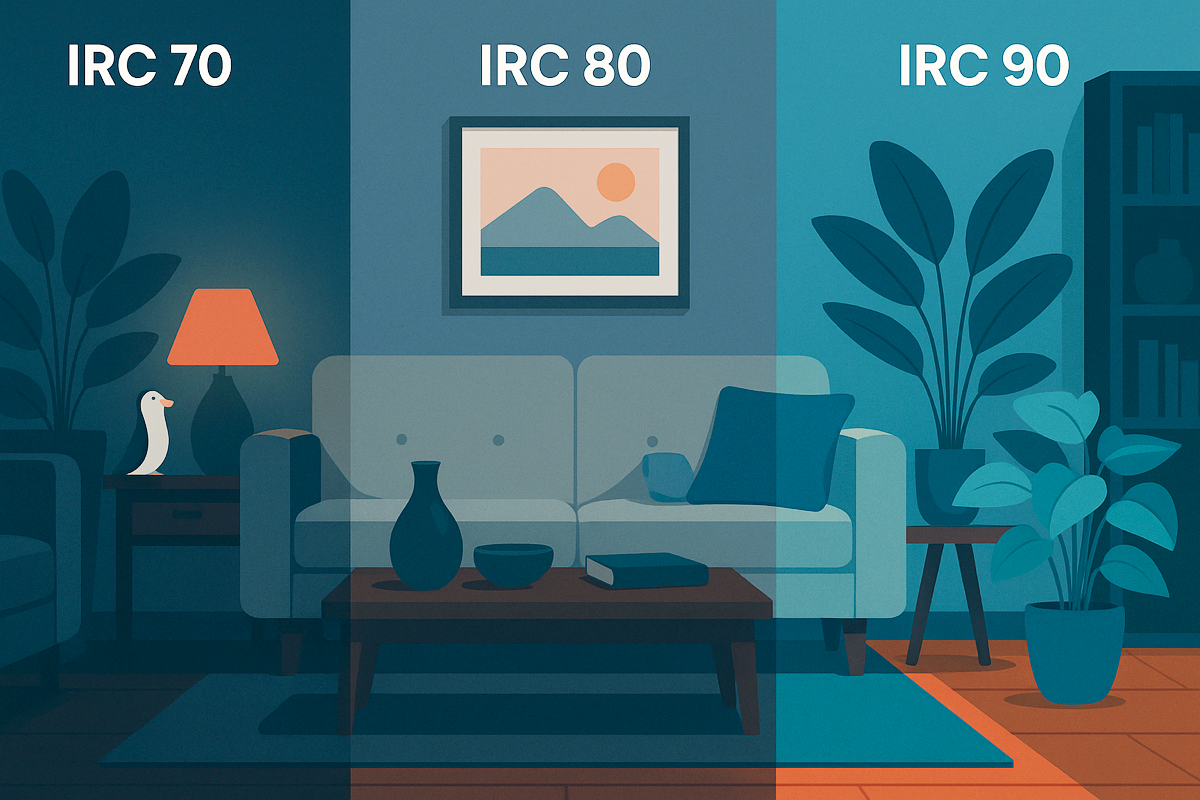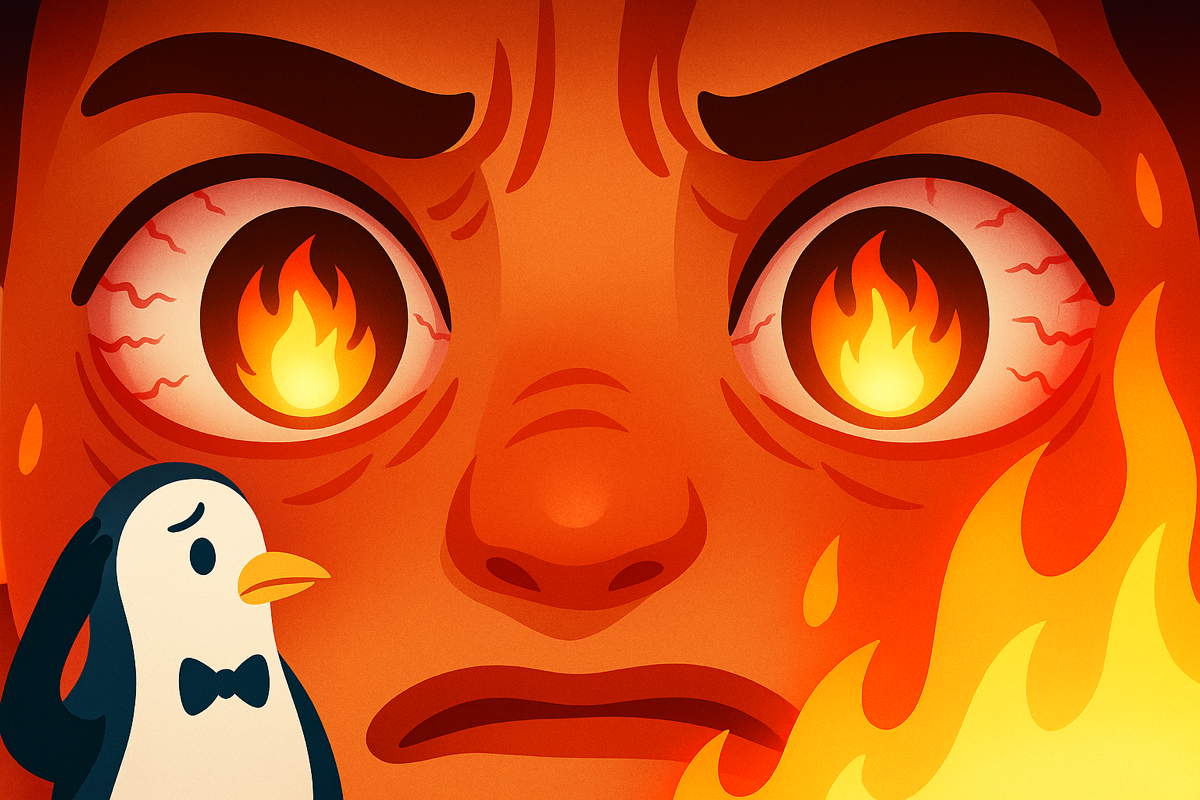Reading time: 7 min
In short:
Light therapy promises to regulate our internal clock, combat seasonal depression, and even improve sleep. But are these benefits scientifically proven or just a placebo effect? We separate fact from fiction.
📌 Summary
How does light therapy work?
Our brain interprets light as a time signal. In the morning, bright light stops the secretion of melatonin (the sleep hormone) and promotes wakefulness. In the evening, the absence of light allows the body to prepare for rest. Light therapy involves simulating daylight to reset this natural mechanism, especially in winter.
It is often used through specific lamps diffusing an intense white light (10,000 lux) for 20 to 30 minutes. This light penetrates through the eyes, reaches the hypothalamus, and then regulates biological rhythms. It is a true biological interface between our environment and our internal clock.
What science says
Clinical studies show real effectiveness on seasonal affective disorder (SAD) and some cases of insomnia. Morning exposure to bright light improves mood, energy, and sleep quality. Results have also been observed in the elderly or those working shifts. In 2005, the Cochrane review confirmed moderate but significant effectiveness.
Light therapy is even reimbursed in some countries for the treatment of SAD. It is used in sleep clinics, psychiatric hospitals, and even in environments such as submarines or space, where the lack of natural light profoundly disrupts the sleep-wake cycle.
Limits and confusion
Despite these benefits, everything depends on the timing, duration, and intensity of exposure. Light that's too late or too dim can disrupt rather than help. Furthermore, not all lamps marketed as "light therapy" meet medical standards. Some rely on vague marketing about "blue light" or "relaxing effects."
Placebos also exist: the expectation of an effect can play a role, especially on mood. But this doesn't call into question the real biological impact of light on our brain. We simply need to differentiate between a decorative lamp and a rigorous therapeutic tool.
How to integrate light into your life?
You don't need an expensive lamp to take advantage of light. Here are our tips:
- Expose yourself to natural light as soon as you wake up
- Limit cold lights in the evening
Laqi circadian bulbs automatically adjust their intensity and color according to the time of day, providing you with a perfect simulation of your natural cycle. No complicated routines, just thoughtful lighting.
💬 FAQ
Is light therapy dangerous?
No, except in cases of eye problems. It is safe for most people if used in the morning and without direct contact with the eyes.
Do you need a special lamp?
Yes, for therapeutic use it must diffuse at least 10,000 lux and be certified for medical use.
What time should I use it?
Ideally in the morning, within 30 minutes of waking up, to reset your biological clock.
Light heals... provided you use it well
Light therapy isn't a gimmick; it's a real biological lever. When used properly, it improves sleep, mood, and alertness. When used improperly, it can confuse your sense of direction. Laqi simplifies this by automatically adjusting your lighting at the right time.

